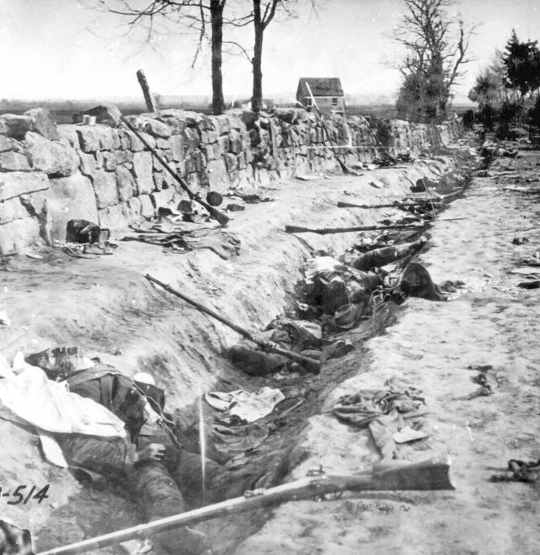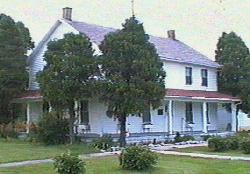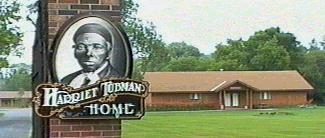 
Harriet Tubman was a slave of pure African origin. She was born Araminta Ross; she later changed her first name to Harriet, after her mother. She was born to slave parents in Dorchester country, in Maryland at around 1820. Her childhood memories unfortunately were not sweet. She was subjected to whipping and other forms of physical and verbal abuse from a tender age. When she was 12 years old she suffered a severe head injury that subjected her to occasional blackouts for the rest of her life. Stories that tell of the events that led to the to the injury differ. Some say that she was ordered by her white overseer to tie up a black man who had tried to escape. Her refusal saw her receiving a severe blow on her head from the white overseer. He used a rock. Others say that she blocked a doorway to protect another slave from an angry overseer. The overseer took a heavy weight object and threw it at the slave. It landed on Harriet’s head.
At the age of 25 she got married to a freed slave man called, John Tubman. In 1849, in fear that she along with other slaves on the plantation, were going to be sold she run away. She escaped into Canada, and her life there on become a handful. Interestingly she was helped by a white woman neighbor to escape. She set out on foot one night making her way to Pennsylvania and eventually settled in Philadelphia. It was here with the assistance of a man called William Still and others, that she learned about UGRR, an anti slavery society. She then began relocating members of her family into Canada.  She made numerous trips to Maryland via the Underground Railroad, to make the necessary preparations to free slaves. The underground railroad was a series of loosely connected routes which included paths, roads, tunnels, barns, houses and waterways. They were used soley for the purposes of freeing enslaved persons. This is one of the shelters in the underground railroad used to provide shelter for slaves on the run.There was great fear for Harriet's safety from others, but she seemed wholly devoid of personal fear. She was never caught and she never lost a passenger. She had mastered the routes in the underground railroad, and often decided and adviced the safest route to follow at a particular time.  The white strips were the major Underground Railroad routes. The white strips were the major Underground Railroad routes.
One her first trip she escorted her sister and two of her sister’s children to freedom. She took a second trip to rescue her brother and two other men. On her third return she went to rescue her husband, only to find that he had married another wife. She decided to look for other slaves who wanted freedom and escorted them. By 1860, Harriet had made 19 trips to the slave country, including one especially risky and challenging journey to rescue her 70-year-old parents. Her strategy was fairly simple. She and her “fugitives” normally started their journey on Saturday night, since runaway notices could not be placed till Monday morning. She even had a drug that she would use on babies to stop them from crying especially when hiding from slave hunters. She also carried a gun, which she used to protect and threaten the fugitives especially those who threatened of giving up and going back. She had a simple rule to those whom she helped escape, “Death to any who talked of giving out or going back”. She believed in killing traitors for she knew a traitor who is alive is more dangerous than one who is dead. 
'General Moses' in one of her trips Her strong personality and determination forced obedience from her followers, of whom she had many. She was their ‘Mosses’ and was there to free them from captivity. She sometimes dressed as an old woman or a man to hide her identity. She sometimes travelled South to deliberately throw the slave hunters off track. She had coded messages that she used to tell her followers when it was safe to come out of their hiding places and move on. She was commonly and fondly referred by her followers and equalls as 'General Moses'.
By 1856, there was a reward of $40,000 upon her capture. But this did not deter her activities. Though illiterate Harriet was able to outsmart her opponents. Of great assistance to her was the then US senator and former New York state governor William H. Seward and his wife. They provided a home for Harriet’s family. They later so ld their house to Harriet at a small fee, and the home became a base for her operations. During the outbreak of the civil war (1861-1865), Harriet served as a soldier, spy, scout, guerilla leader and a nurse for the union army(The union army advocated for the emancipation of slaves). One of her most spectacular missions during the war was when she piloted a colonel and his black troops(she was the first woman to ever command and army). She ended up rescuing 756 slaves.  This is a photo taken showing one of the war sites. Harriet fought with the union army under the direction of the then President Abraham Lincoln. Lincoln was fighting for the United States of America. They fought aganist the Confederate states of America lead mainly by Jefferson Davis. Victory for the union army meant freedom to all the slaves. Jefferson and his crew were aganist this since slaves were a great source of cheap labor and lead by their greed they wanted to expand slavery throughout America. Lincoln opposed the expansion of slavery into other territories of America. The war commenced in April 12 1861, when the confederates attacked the United states military installation. This is a photo taken showing one of the war sites. Harriet fought with the union army under the direction of the then President Abraham Lincoln. Lincoln was fighting for the United States of America. They fought aganist the Confederate states of America lead mainly by Jefferson Davis. Victory for the union army meant freedom to all the slaves. Jefferson and his crew were aganist this since slaves were a great source of cheap labor and lead by their greed they wanted to expand slavery throughout America. Lincoln opposed the expansion of slavery into other territories of America. The war commenced in April 12 1861, when the confederates attacked the United states military installation.
After the war, Harriet returned to Auburn New York and a married man called Nelson Davis. A man there in the same army during the civil war. They built a house in South Street, near their original house. That house was demolished in 1944, on orders from the city council. The house was later rebuilt in her memory in 1953, under the auspices of the AME Zion church. The original framework of the building remains the same.
 
The original house(left) and the extentions made to the house(right)
Harriet was also deeply involved in women activities. She attended and addressed women conferences. She also closely associated with white abolitionist and quakers. She missed the raid on Harper’s Ferry only because of illness. She was nevertheless involved in the preparation process. She attended women suffrage conventions and participated in the organizing the National federation of Afro-American Women. She died of pneumonia in 1913, unfortunately in relative poverty. She had lived for 91 years. She used most of the money she got from selling her autobiography to facilitate her activities.
March 10th is a day set aside for the memory of Harriet Tubman, and her selfless activities! |